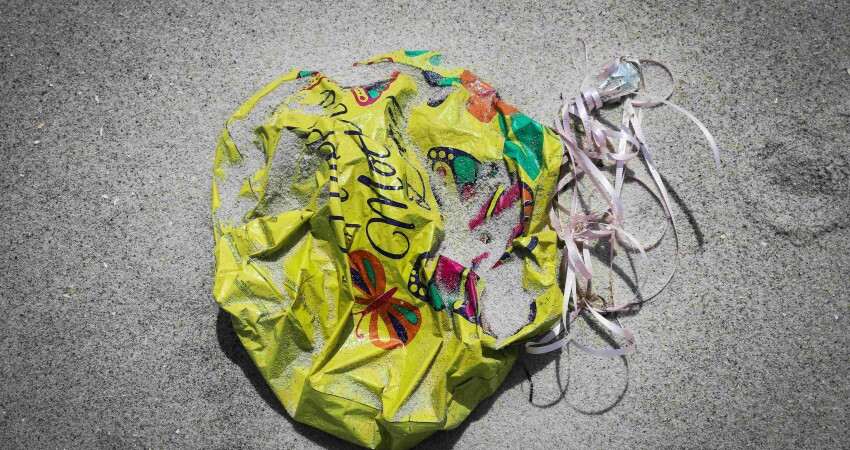NOAA Fisheries Marine Debris Program shared a recent article on fishermen stepping up and reeling in marine debris. Balloons are known to be some of the most devastating pollutants to wildlife, and according to a CSIRO study, balloons are one of the top three most harmful pollutants threatening marine wildlife.
A small group of fishermen is leading in this battle against balloon debris. NOAA has recognized their efforts and is now calling upon the public to join in. Each balloon collected is a step towards a cleaner, safer environment. The article reminds us that the act of releasing balloons, whether intentional or not, has severe consequences. No matter how far they travel, these balloons inevitably pollute our oceans, Great Lakes, or other waterways. It's a collective responsibility, and every individual's contribution counts.
In 2019, during the International Coastal Cleanup organized by the Ocean Conservancy, more than 104,000 balloons were collected. About half of these balloons were found in the United States alone. According to NOAA, one of the most common types of balloons found during coastal cleanups is mylar balloons, also known as foil balloons. Mylar is a crafter from plastic nylon sheets coated with metal that conducts electricity.
Thousands of power outages occur in California annually due to mylar balloons becoming entangled with power lines and circuit breakers and their conductivity, causing damage. NOAA shared that many wayward balloons also end up in the ocean, where they will sink and pollute habitats far below the surface. A 2013 NOAA Ship Okeanos Explorer expedition discovered balloon remnants in approximately half of their deep-sea dives. Mylar balloons were included in these discoveries and were often found wrapped around deep-sea coral, nearly a mile under the ocean’s surface. Mylar will never biodegrade, so they will live on the surface where they land forever. Through exposure to elements, mylar balloons may break down and become even smaller pieces, but this causes microplastics.
Captain Nate Severdija of Cape Cod told NOAA, “I’ve been fishing my whole life and can’t think of a time when I wasn’t finding balloons. Their reflective coloring can resemble a fish—or school of fish—to a predator, and they often have lengths of ribbon still attached that can lead to entanglement. As they lose their color, they become clear, and they start to look more like jellyfish.”
Captain Severdija and other fishermen are encouraged that more cities and states have introduced legislation to ban intentional balloon releases. Many fishermen have stepped up beyond their role of sustainably harvesting seafood and getting involved with similar conservation efforts. “I enjoy working with science and research groups to deepen my own knowledge about conservation,” reflected Captain Severdija, who also partners with projects tagging and tracking sharks and other marine animals. “Collecting these balloons and raising awareness about their hazards with my charter guests is just one more way I can contribute to ocean conservation.”







